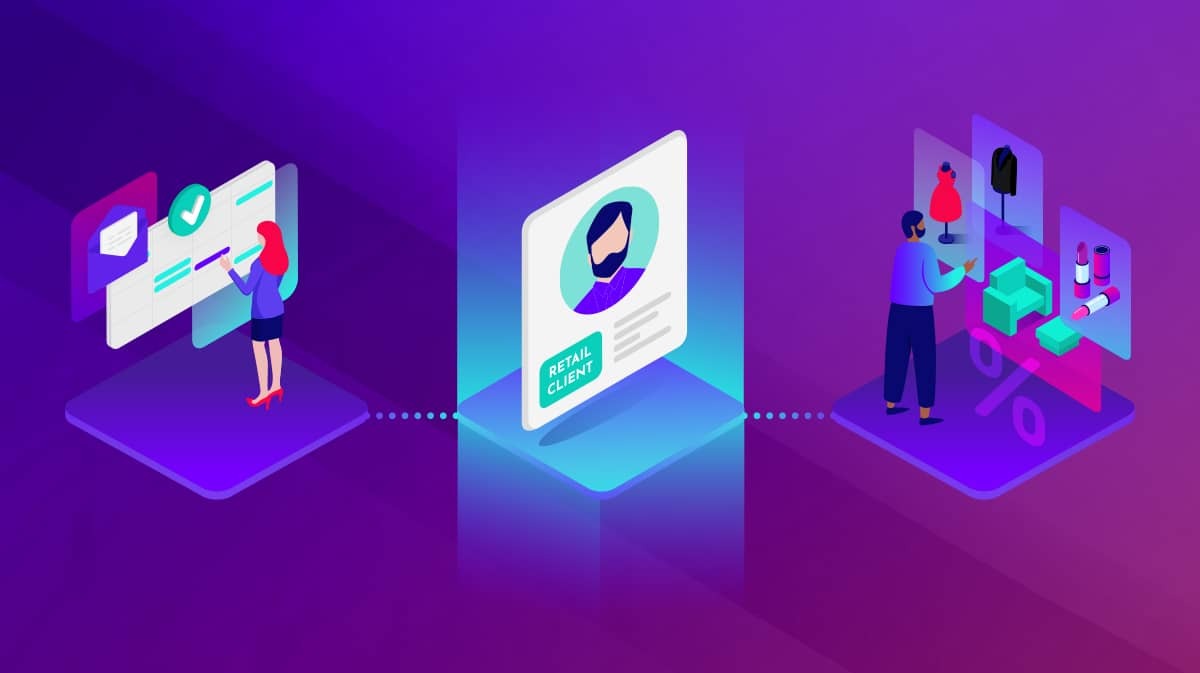The post-pandemic consumer spends more cautiously and selectively. In order to succeed in this new environment, it is essential for businesses to have a customer engagement strategy that is focused on customer centricity.
Putting the customer first has always been important, but it is now more critical than ever. Customers have become increasingly selective about where they spend their money and are looking for convenience, flexibility, and no wait times. Not only do businesses need to consider the customer when designing their engagement strategy, but they also need to take into account the needs of their employees.
Employees want a fast and efficient way to create appointments with as little friction as possible. This means automating from a pool of potential staffers, quickly updating calendars, and more.
Fortunately, there are software platforms that can help bridge the gaps between an excellent online experience and a great in-person experience, for both employees and customers. By starting with the customer in mind, organizations can think through and map their customer’s journey to, during, and post-appointment. Here are four steps to creating a successful B2B2C customer engagement strategy.

Step 1: Set goals
The first step in any successful customer engagement strategy is to set specific goals. For customers, this might mean booked appointments and revenue per visit. For employees, this might mean unstaffed online appointments or employee satisfaction with the software.
Once you've identified your KPIs, you need to set targets for each one. Your targets should be realistic and achievable, and should be compared to your current performance levels. This will help you benchmark your progress and determine whether or not your customer engagement strategy is successful.
Setting goals also helps to ensure that everyone in your organization is aligned around a common purpose. When everyone is working towards the same goal, it's easier to create a cohesive and efficient customer engagement strategy.
Step 2: Design processes that support XRM
The second step in creating a successful customer engagement strategy is to design processes that are convenient, flexible, and efficient and support experiential relationship management - or XRM - the process of managing the personalized experiences you deliver to your customers. This means thinking about every touchpoint in the customer journey and designing each one with the customer in mind. They want to buy into an experience - and they expect that kind of experience to be delivered to them regardless of company size.
Focus on:
- Providing unique experiences
- Offering human-to-human connections
- Building personalized relationships
- Managing experiences at scale
Your processes should be designed to make it easy for customers to do business with you. They should be able to easily book appointments, reschedule or cancel if needed, and receive reminders, with enough flexibility in the system to accommodate changes on the customer's end. These processes should also make it easy for employees to be notified of upcoming appointments, to confirm attendance, and provide post-appointment information on the customer.
These features should hold true whether the customer is booking an appointment online, over the phone, or in person. By making your processes customer-centric, you'll be able to deliver a great customer experience that sets you apart from your competition.
Step 3: Implement technology
The third step in creating a successful customer engagement strategy is to implement technology that supports your goals and processes.
Manual approaches to customer engagement are no longer feasible in today's fast-paced environment. Customers expect a convenient, flexible, and efficient customer experience, and manual processes simply can't deliver on those expectations.
Technology can help you automate and optimize your appointment setting and scheduling processes. Employees should be able to see upcoming appointments in their existing calendar systems, and appointment information should be updated in real-time. This includes everything from online booking to reminders and follow-ups.
By using technology to support your customer engagement strategy, you'll be able to scale your employee operations and deliver a consistent, convenient customer experience across all channels.
Step 4: Measure success
The fourth and final step in creating a successful customer engagement strategy is to measure your success. This involves tracking your KPIs, comparing them to your targets, and learning to to use analytics data to your advantage.
It's important to track your progress over time in order to identify areas of improvement. By regularly measuring and reviewing your performance, you'll be able to fine-tune your customer engagement strategy and ensure that it is always delivering the best possible results.
Customer engagement is essential to a business's success. By focusing on customer centricity and designing a customer engagement strategy that addresses the needs of both customers and employees, businesses can create a winning formula for success.



